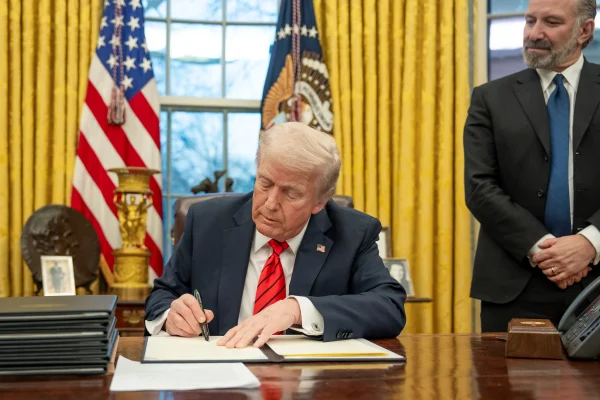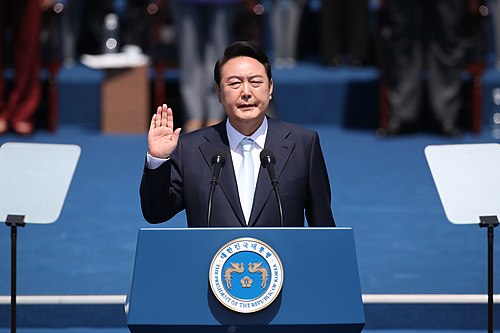If Russia Did Hack the Election, Here’s How
Prior to the November 8 election of Donald Trump, news broke that Russian hackers had infiltrated government computer systems in an attempt to tamper with and possibly influence the outcome of the election. As a response to the alleged hacking, President Obama kicked out 35 Russian spies and closed two Russian compounds in New York and Maryland.
On January 4, 2017, Trump tweeted, “Julian Assange said “a 14 year old could have hacked Podesta” – why was DNC so careless? Also said Russians did not give him the info!” This Tweet sparked controversy, in that Trump seemed to side with Assange, the WikiLeaks founder, instead of his own intelligence officers.
The alleged hacking is still under investigation, but if Russia did indeed hack the 2016 Presidential election, here is how they could have done it.
Spear Phishing is a type of hack that uses an official looking email that includes personal information, like a name or photograph, that is seemingly sent by a person or a business that the targeted person is familiar with.
Bitly.com is a web-address shortening site used for shortening long awkward addresses into shorter links that can be easily typed into cellphones, or in this case to hide a malicious link. By sending a fake Google link through bit.ly, hackers are able to gain access to the targeted user’s information.
After watching for a year, a government team watched 5,000 Google accounts being targeted in the same manner. Statistics showed that 64% of the targeted were United States government and military organizations.
Hillary Clinton’s campaign was sent 108 of these kinds of emails; 20 of these emails were clicked on and opened. John Podesta, Clinton’s campaign manager, could have been hacked in this way. Alerted by IT professionals, he was told to change his password for security reasons and did not change it.











